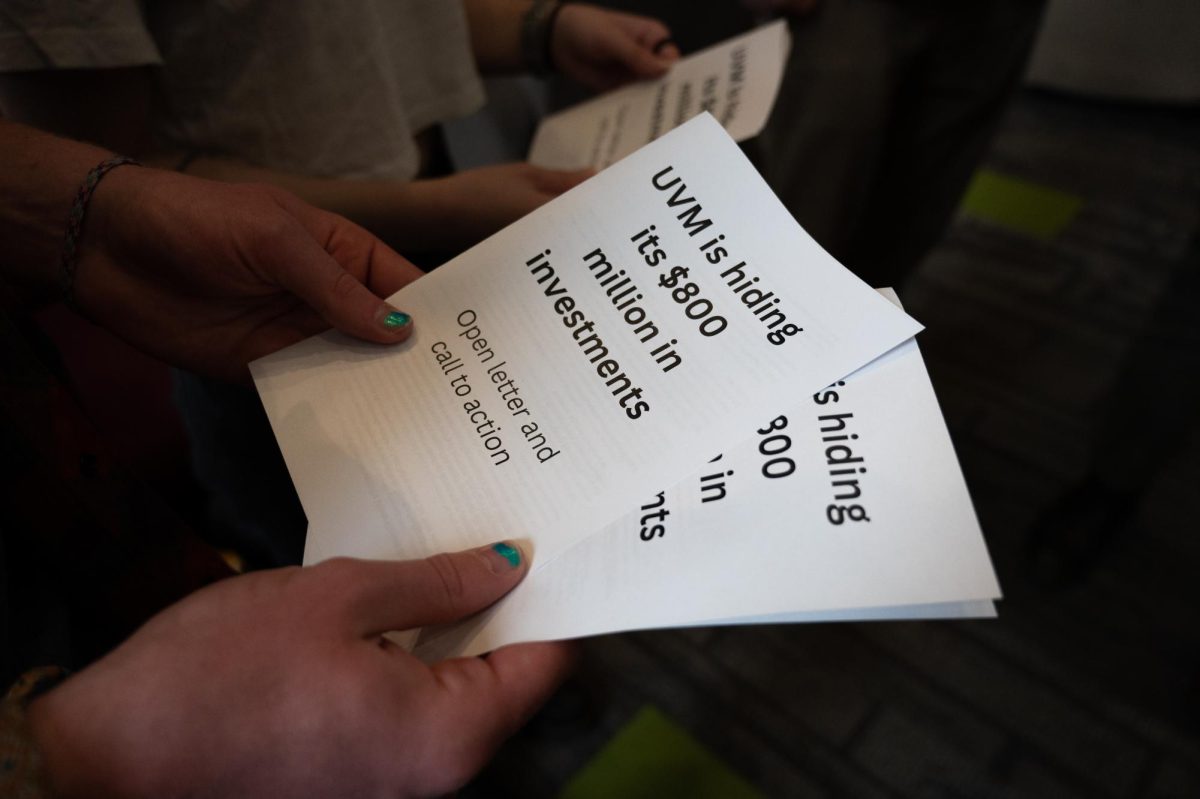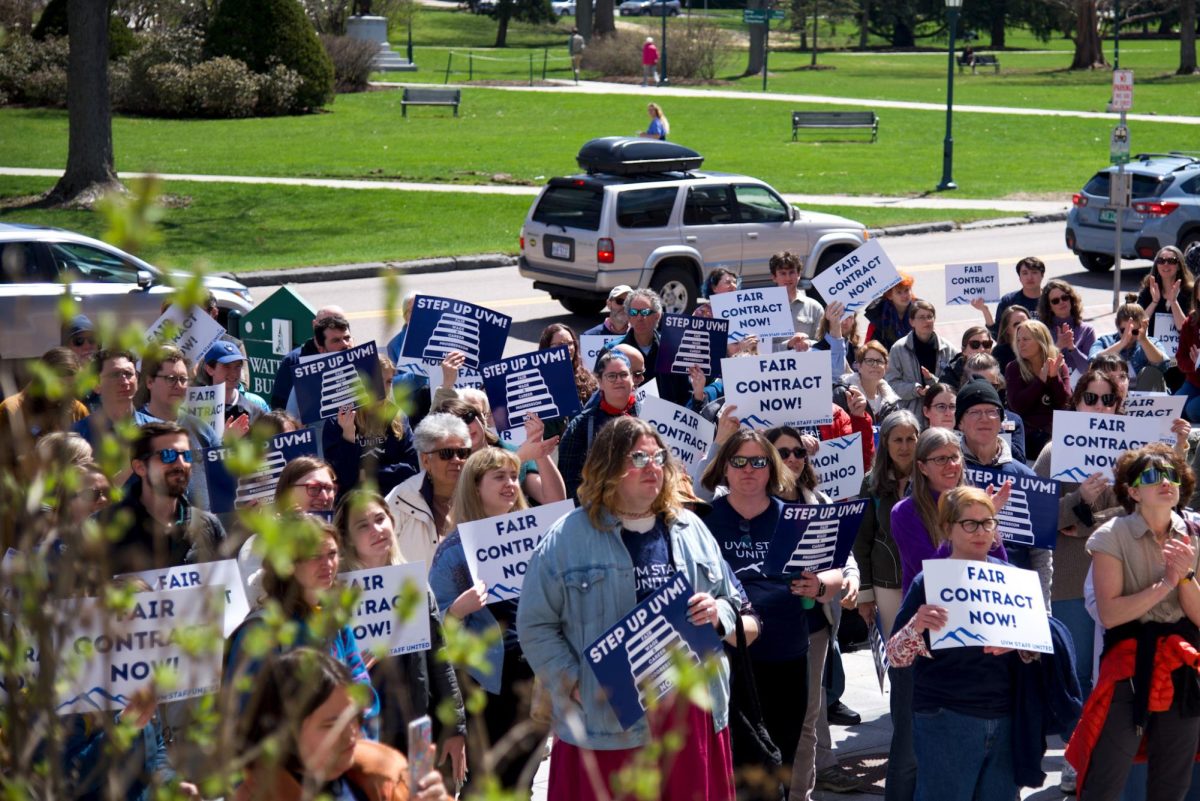Since 1996, the Continuing Education rogram at UVM has organized a study abroad trip to the quiet Mexican city of Oaxaca, and until now the program has gone on with no problem – 2007 is different.The program has been cancelled for 2007 because of recent events that have left the city and its people reeling and unsettled.Since May of 2006, Oaxaca has been racked with massive political protest and violent police intervention. Although the violence has died down since the inauguration of President Vicente Fox, arbitrary detentionsand murders by paramilitary forces have continued throughout the end of last year and into 2007.UVM appears to believe things will be fine by 2008 though, as they have continued planning for a program there next year.The question in many student’s minds is: will the city be able to maintain civility and stability in the face of massive public dissonance and governmental corruption?The protest began on May 1, 2006, when a group of city teachers handed over to the local authorities a list of grievancesand demands, including better pay and essential amenities for their students including textbooks, medical services, etc.When no response was received from the government, the teachers occupied the city center. There they were joined in support by the Popular Assembly for the Peoples of Oaxaca (APPO), an umbrella group which consists of about 365 grassroots organizations including union groups, women’s movements and indigenous and peasant groups, according to press reports.The APPO claims it is not subversive in any way, but nonviolent; they are not looking to overthrow the current government of Oaxaca, only protect the rights of its people.The protest lasted for five months, during which police and paramilitary forces often pelted the peaceful demonstration with tear gas and, on occasion, bullets. In the end, several people have been killed including an American journalist.Damage costs range as high as $30 million.The decision to cancel the UVM trip came after much deliberation by those involved in planning. After looking closely at the situation in the city and studying all travel advisories, the general consensus was that the safety of the students was at risk, and such a risk was not worth taking. The University’s concern for the safety of the students was at the heart of the decision not to go through with the 2007 program.Professor Luis Vivanco, a cultural anthropologist and the academic director of the Study Abroad Program in Oaxaca, believes that the next two months are vital in the decision whether or not to go ahead with the trip. During that time, there is expected to be renewed tensions as the APPO regroups itself in the city. But, “with the trend clearly moving toward normality, we expect the 2008 program to run” Vivanco said.Currently there is a travel warning in effect issued by the U.S. State Department for the region of Oaxaca, but in the mildest form. The warning dissuades tourists from participating in political marches, especially because it is illegal for foreigners to participate in protests in Mexico, but does not forbid travel in any way.During the protests, the Oaxaca tourism market took a giant plunge. Now, as the situation calms, foreigners are beginning to appear in the streets. Even during the protests, the visitors who were alreadyin the area reported no difficulties.In fact, a student group from SUNY Plattsburg who were in Oaxaca during the most violent times have not cancelled their program for 2007. The general feeling by the Plattsburg group and Vivanco is that the violence is not directed at visitors.Although tourists are not the targets of the violence, some danger still exists, as is evident by two major incidents that occurred during the five month protest.One incident resulted in the death of American journalist Brad Will, who was shot while filming the events. The second is the incarceration of UVM student Hillary Lowenberg. While in Oaxaca during the protests, Lowenberg, along with two of her companions, were jailed for 31 hours and charged with defacing private property and inciting others to do so – an uncorroborated accusation.Lowenberg believes that the University needs to have precautions in place in case something does go wrong, and that there needs to be a way to get a student out of trouble in a dangerous situation.Right now, it is too early to decide whether or not the 2008 trip should continue. The city is currently recovering from a massive political protest that shook the entire region and, as with any area faced with such an event, it is beginning to slowly pick itself back up.What occurs during the next two months is incredibly important, not just for the future of the 2008 trip, but for the people of Oaxaca, and the University plans to keep a close eye on the events as they unfold.












